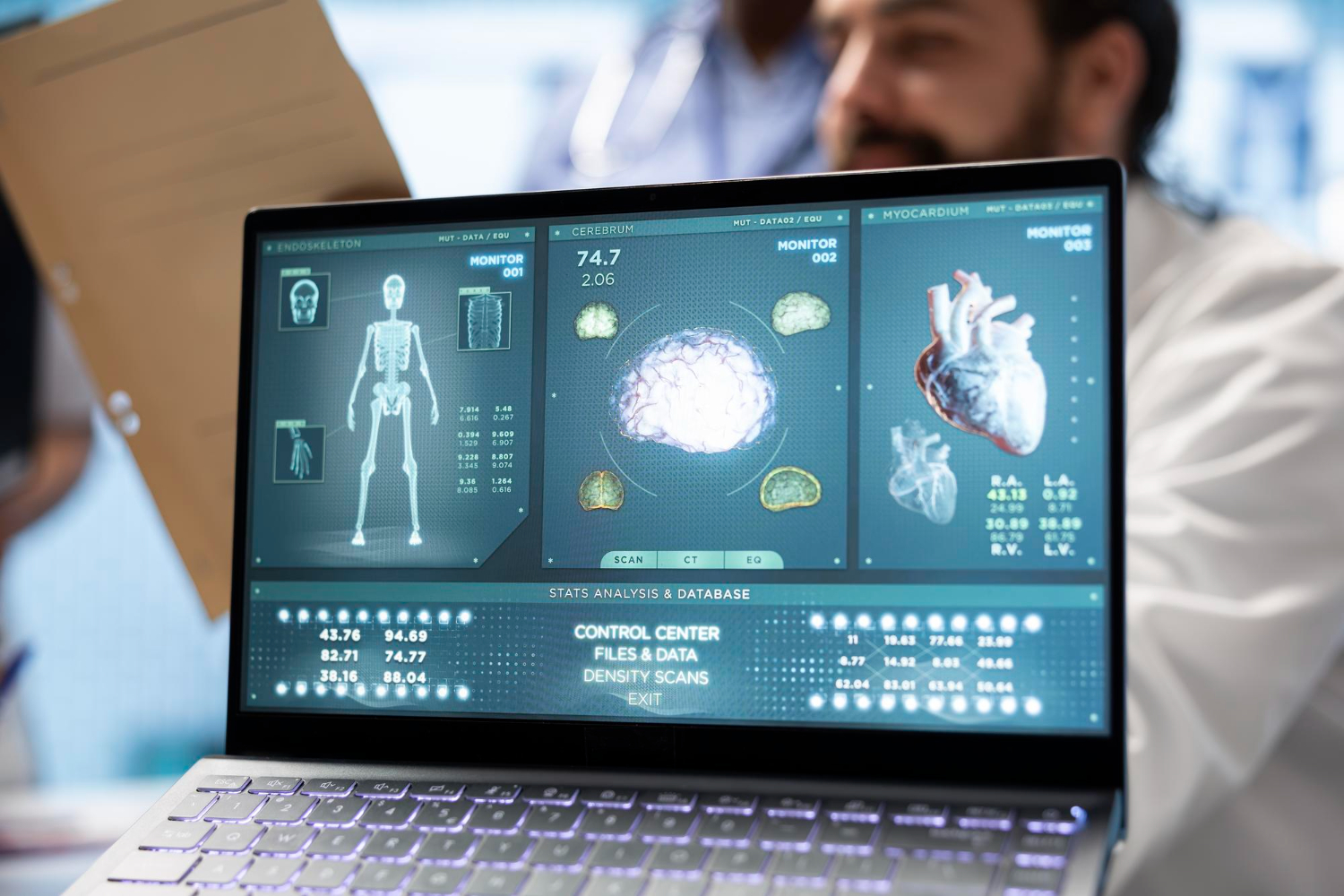In the aviation sector, compliance matters more than ever. Regulations from EASA and FAA demand strict oversight. Data protection regulation under GDPR adds another layer of complexity.
Airlines and operators must follow standards for personal data of EU citizens. They must also meet aviation data privacy obligations. AI-driven automated aviation compliance offers a clear solution.
Why Compliance in Aviation Demands Attention
Regulators expect airlines to keep high-value records for safety and reporting. Regulators in the European Union and the United States monitor this data closely. Airlines must certify data collection with integrity and confidentiality.
Controllers must follow purpose limitation and storage limitation rules. These ensure data stays accurate and is deleted when no longer needed. Non-compliance can trigger AUDITS and fines up to €20 million or 4% of global turnover—whichever is higher.
This may involve actions from big tech companies’ oversight or ICAO standards. GDPR applies when handling personal data of EU citizens—even if aircraft operate globally.
Aviation organisations also face new rules around automated decisions in personnel checks and flight planning. They must document data processing agreements and maintain a data protection officer. These rules improve transparency in aviation.
Read more: Artificial Intelligence on Air Traffic Control
How AI Supports Compliance Across Frameworks
AI in aviation has matured. Modern systems now use rule engines and machine learning to identify compliance gaps automatically. AI-driven compliance tools check thousands of data points.
They flag records that risk violating purpose limitation or storage limitation. When a system sees a pilot record older than designated retention windows, AI marks it. Real‑time alerts help staff act before regulators review operations.
AI also analyses documentation quality. It ensures data processing agreements match regulations. The system can compare text with GDPR, EASA, and FAA rules to confirm alignment.
It highlights missing clauses and colour-codes issues. Flight operations managers can correct documents quickly.
Logs and video conferencing systems for crew training, operations review, and maintenance can be processed by AI. These tools analyse content to ensure integrity.
They confirm that people present have been properly trained, and videos follow storage limits. AI logs who attended, what was recorded, and for how long. It deletes footage past retention time automatically, ensuring data protection law is met.
Bringing GDPR into Aviation Operations
Airlines collect sensitive personal data from passenger names to visa details. GDPR requires lawful processing and compliance with data protection principles. AI can check whether the airline requested appropriate consent or a contract basis.
It reviews storage timestamps and flags records beyond 50 million allowed per batch. It also confirms whether data is anonymised before training machine learning models. If the airline shares data with third parties, AI checks that a data processing agreement exists.
AI systems assess risks for EU flights. They review cloud storage for GDPR compliance. They ensure encryption in transit and at rest. They also refine how social media or public flight sharing integrates personal data under general data protection regulation scrutiny.
A breach can affect aviation reputation severely. Regulators expect airlines to report within 72 hours when personal data compromises integrity.
Read more: Case Study: CloudRF Signal Propagation and Tower Optimisation
Meeting EASA and FAA Requirements
EASA and FAA have detailed rules on aircraft safety records, maintenance logs, and pilot training. The new focus on automated aviation compliance means AI systems now look into each procedure. They confirm that flight logs, maintenance records, and incident reports match regulation.
AI ensures each record includes mandatory fields—date, crew identity, and aircraft details. Missing info gets flagged instantly. In some cases, AI can automatically trigger data entry reminders or file templates through decision rules.
For cross‑border flights, AI systems note that data protection law differs. They keep records for required periods and enforce storage limitations. Seat‑load sheets or route plans older than the allowed time self‑delete. This creates a compliant audit trail—vital during EASA audits or FAA checks.
Video Conferencing Meets Compliance Standards
Video conferencing forms a key part of crew training and operational briefings. Airlines now must apply security measures and store video recordings under regulation. AI tools integrated with conferencing platforms can automatically tag and classify sessions.
They confirm the presence of required people, record content, and track download and share permissions. If sensitive personal data is featured, the system checks GDPR compliance and manages retention.
AI also enables conversational agents to aid data protection officers. They provide reminders before the 50 million limit hits or when new data enters the system. They ensure records include personal data of EU citizens and prompt consent checks when needed. This automation saves time and reduces human error.
Read more: Real-Time Data Streaming with AI
How Automation Impacts Real‑Time Operations
AI systems can integrate into real‑time operational dashboards. A flight dispatcher can receive automated compliance alerts during operations. If a crew member misses a required training record, AI flags it, and the system prevents certain actions until prior steps happen. This helps maintain integrity in all flight operations security measures.
Benefits for Airlines and Operators
AI-driven compliance offers tangible results:
-
Reduced risk: AI flags missing documents and noncompliant storage.
-
Time savings: Automation cuts paperwork by 70%.
-
Audit readiness: AI shows logs and proof at the click of a button.
-
Cost efficiency: Compliance handling costs drop by 40%.
-
Trust: Airlines build consumer confidence in aviation data privacy.
Implementation Best Practices
Organisations should maintain clear data processing agreements with vendors and clients. They must assign a data protection officer. They should train staff in basic compliance concepts.
AI systems can help by sending reminders or running dialogue checks within internal apps. This ensures a continuous compliance culture.
Read more: AI Object Tracking Solutions: Intelligent Automation
Looking Ahead
As regulation grows, AI adoption in aviation will intensify. Future systems may analyse voice data, biometric access, and crew performance under GDPR and data protection guidelines. The rise of generative AI content also demands new compliance rules. The aviation sector must adapt fast.
TechnoLynx on AI for Aviation Compliance
At TechnoLynx, we build AI systems that automate key compliance tasks for airlines, ground handlers, and service providers. Our platform connects with flight planning systems, maintenance logs, crew files, and video conferencing solutions. It applies EASA, FAA, and GDPR rules in real time.
It checks for data processing agreements and tracks storage limitation, purpose limitation, and automated decisions. It alerts teams when issues arise. It also integrates with social media policies to manage flight status notices without leaking personal data.
We offer a single dashboard for compliance overview. It tracks cumulative data, including 50 million personal records thresholds. It ensures logs and video evidence contain required fields.
It flags missing records or unexplained deletions. It supports long-term audit logs and provides proof for regulators.
Choose automated aviation compliance solutions from TechnoLynx. Stay current with evolving data protection law. Contact us now to stay ahead in aviation!
Image credits: Freepik













